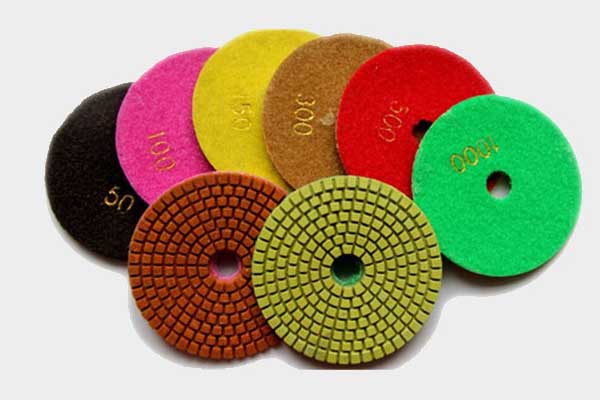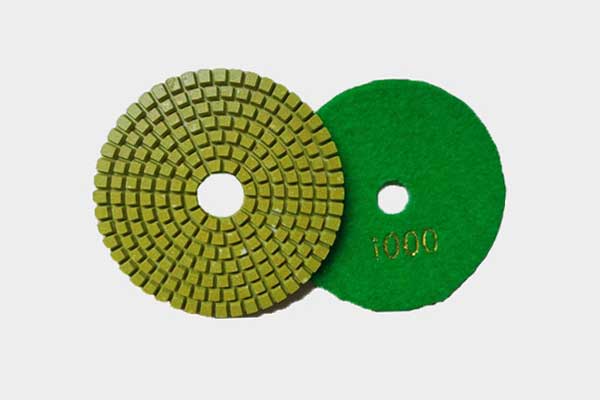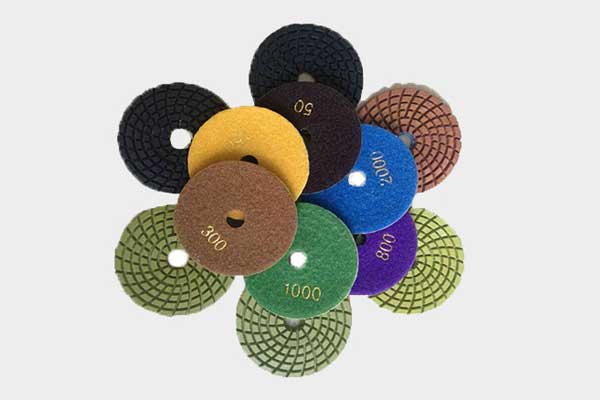Due to various factors, such as natural factors, man-made factors, or the stone itself, it will cause the pollution of the stone to lose its luster. At this time, it is necessary to renovate the stone to restore its original natural texture and gloss. Stone renovation can be divided into deep and shallow renovation according to the degree of contamination, so do you know the difference between deep renovation and shallow renovation?
The difference between stone depth and shallow renovation

1. The difference in construction process
(1) Shallow renovation process: If there is old wax on the ground, wax it first, and then use 800# diamond polishing pad and clean water to polish for ten minutes. Pay attention to adding water during the polishing process to keep the ground moist and suck it away with a water suction machine. Sewage to prevent sewage from polluting the ground a second time. Change 1500#, 3000# polishing pads, diamond polishing pads, and polish them one by one using the above method. After all the renovation procedures are completed, wash with clean water and absorb the water on the surface of the stone. The light renovation of the marble is completed.
(2) Deep renovation process: Before renovation, the holes should be repaired. The dirt in the holes should be cleaned first, and then the stone should be dried. According to the color and reflective characteristics of the original stone, epoxy glue or unsaturated resin glue should be used. , After toning, repair, use weighting machine, refurbished discs and diamond polishing pads of different meshes to polish one by one. The polishing method and precautions are the same as those for light renovation.
2. The difference between renovation costs
The difference between deep renovation and shallow renovation of stone lies in the difference in cost. In fact, the difference in cost is caused by the difference in construction procedures. There are more construction procedures for deep renovation than for shallow ones, and more materials and tools are used, so the cost of renovation is higher than the cost of shallow renovation.

The degree of stone renovation
There are three levels of renovation of stone, in addition to the shallow renovation and deep renovation we know, there is also a medium renovation. Below we will specifically introduce these three levels of renovation.
1. Shallow renovation of stone
The surface of the stone was slightly scratched. During the overall grinding and renovation, the subsequent maintenance of the stone was not in place, which caused the stone surface to completely lose its luster. To restore the surface of the stone as bright as new, a light renovation process can be used for renovation.
2. Moderate renovation of stone
When the surface of the stone loses its luster, can not reflect the object at all, or does not have excessively deep scratches, a moderate renovation process can be used for renovation. Use diamond polishing pads of different meshes to polish one by one. The polishing method and precautions are the same as those for shallow renovation.
3. Deep renovation of stone
After the stone was laid, it was put into use without the overall grinding and renovation, resulting in insufficient ground flatness and gloss. Another situation is that the stone surface is completely lost after the overall grinding and renovation are put into use for a long time Luster, holes, weathering, severe corrosion, colloid shedding, black seams, etc. and deep scratches, these all need to be deeply refurbished to restore the brightness of the new stone.

Stone renovation steps
1. Clean the original filling between the stone gaps first, and then use a special stone slitting machine to neatly cut and slit the center gaps of the original stone installation to reduce the width difference of the gaps between the stones, and then use a stone close to the color of the stone. Marble glue fills it up. (Note: If the center seam has been done before, there is no need to re-sew).
2. Use marble glue that is close to the color of the stone itself and mix the marble glue to make it close to the original stone color to improve the overall feeling and achieve the ideal visual effect.
3. Fill the adjusted marble glue. Since the marble glue will shrink to a certain extent after it is completely solidified, the marble glue should be slightly higher than the stone level, so that it will not be filled multiple times.
4. Using polishing pads and polishing fillers to make it a horizontal surface with the stone, increase the overall sense of the stone, and solve the problem of height between the gaps, and prevent the gaps from turning black again. Use a granite refurbishing machine with a special cutting edge grinding sheet to carefully polish the cutting edge to make it a flat surface with the stone.
5. Use a special granite polishing machine to grind the stone from coarse to fine polishing pads of No. 50-3000, so that the ground is bright and smooth as new.
6. Use crystal powder and crystal agent to polish with crystal surface grinder. Under the heavy pressure of grinding, the stone and crystal powder will undergo a comprehensive physical and chemical reaction under the action of high temperature to form a dense and hard crystal protective layer. After crystallization, it can enhance the color and brightness, and also has the functions of waterproof and oil proof.
To sum up, the difference between deep renovation and shallow renovation of stone lies in the two points of construction process and renovation cost. It is also because of the different construction processes that the corresponding renovation costs are different. In addition, in addition to deep and shallow renovation, There is also a moderate renovation, which is used when the stone cannot fully reflect the object or the scratches are not too deep. When refurbishing, a diamond polishing pad is required for polishing.


